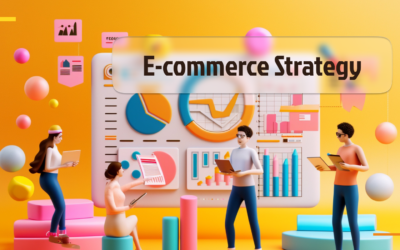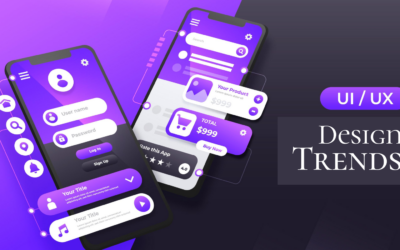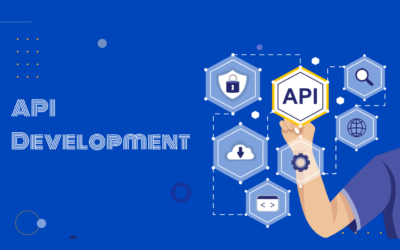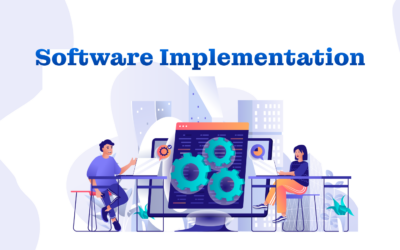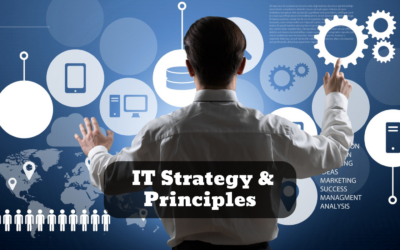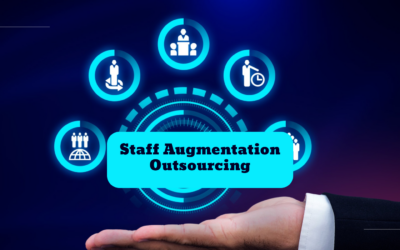Practices to Choose the Right Test Automation Framework
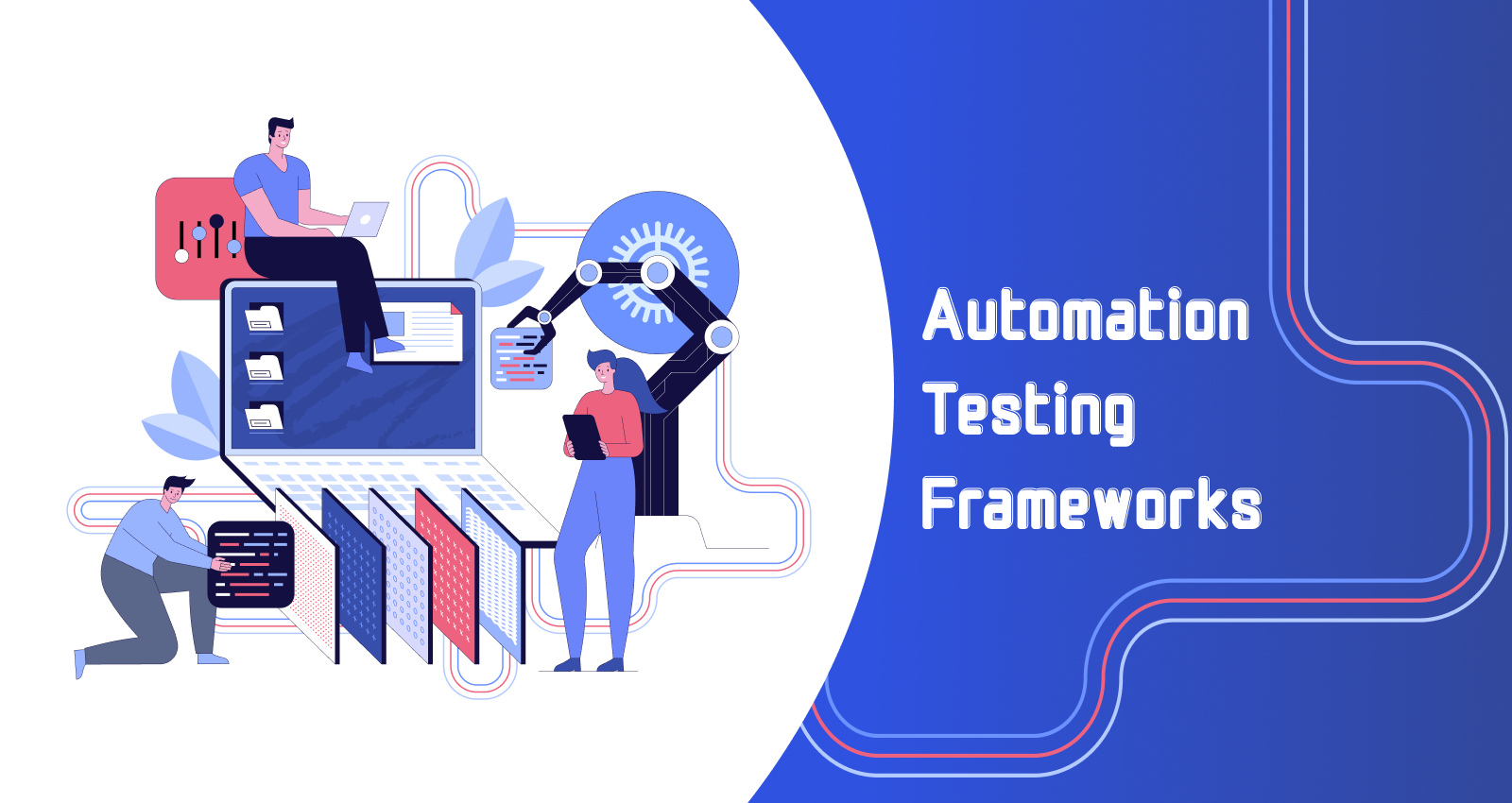
Introduction
In the fast-paced world of IT services, ensuring the quality and reliability of software applications is paramount. Automation testing has emerged as a crucial tool in achieving this goal, enabling teams to streamline testing processes, enhance efficiency, and deliver high-performing apps across industries.
However, with a plethora of automation testing frameworks available, choosing the right one can be daunting. In this blog post, we’ll delve into the best practices for selecting the ideal automation testing framework to suit your project’s needs and goals.
What to Consider When Selecting a Test Automation Framework
When choosing the best framework for your project, think about the different parts of an automation testing project. These factors will help you compare various frameworks and see which ones fit the specific needs and challenges of your project.
Tech Stack: Ensure the chosen framework is compatible with your project’s tech stack, including programming languages and tools. Compatibility ensures seamless integration and efficient utilization of existing resources, minimizing compatibility issues and development overhead.
Proven Patterns: Look for frameworks with established patterns and best practices. These patterns have been tested and refined in real-world scenarios, offering reliability, scalability, and maintainability. Leveraging proven patterns reduces the risk of errors and streamlines the development process, enabling teams to focus on delivering high-quality software.
Automation Strategy: Define your automation strategy, encompassing the scope, frequency, and integration of tests within your CI/CD pipelines. An effective strategy ensures alignment with project goals, optimizes resource utilization, and facilitates timely feedback loops. Integration with CI/CD pipelines enables automated testing at key stages of the development lifecycle, promoting continuous integration and deployment practices.
Types of Tests: Consider the types of tests your project requires, such as unit, integration, functional, and regression tests. Choose a framework that supports these test types effectively, providing comprehensive test coverage and enabling thorough validation of software functionality and performance.
DevOps Standards: Select a framework that adheres to DevOps principles and seamlessly integrates with your DevOps toolchain. Alignment with DevOps standards promotes collaboration, automation, and continuous improvement across development, testing, and operations teams, fostering a culture of innovation and agility.
Business Requirements: Understand the specific business requirements of your project and select a framework that aligns with these objectives. Consider factors such as scalability, flexibility, and cost-effectiveness, ensuring that the chosen framework can accommodate current needs while allowing room for future growth and expansion.
Solution Infrastructure: Assess the infrastructure requirements of the framework, including compatibility with cloud services, virtualization platforms, and containerization technologies. Compatibility with modern infrastructure solutions ensures scalability, agility, and cost-effectiveness, enabling seamless deployment and management of test environments.
Resources and Team Set-Up: Evaluate the skills, expertise, and availability of resources within your team to determine the feasibility of implementing and maintaining the chosen framework. Adequate resource allocation and team set-up are essential for successful framework adoption, ensuring effective collaboration, knowledge transfer, and support throughout the project lifecycle.
Risk Assessment: Conduct a comprehensive risk assessment to identify potential challenges and limitations associated with each framework. Mitigate risks through proactive planning, contingency measures, and stakeholder alignment, ensuring smooth implementation and minimal disruption to project timelines and deliverables.
Test Data: Consider the management and provisioning of test data within the framework, ensuring data integrity, security, and compliance with regulatory requirements. Effective test data management facilitates accurate and reliable testing, minimizing errors and ensuring consistent test results across environments.
Reporting Processes: Evaluate the reporting capabilities of the framework, including the generation of comprehensive test reports, metrics, and analytics. Robust reporting processes provide valuable insights into the quality and performance of software applications, enabling informed decision-making, and continuous improvement initiatives.
Best Practices for Choosing an Automation Testing Framework
It’s important to clearly decide what parts of your tests will be automated and to know exactly how your solution should function. This is a big part of planning your test automation project. Once you know these things, you can look at different frameworks and pick the one that fits your project’s needs best.
It’s a good idea to choose a testing framework together with your team. This way, you can try out different methods, agree on goals, and share what you’ve learned with each other.
Research and Compare: Conduct thorough research to explore various automation testing frameworks available in the market. Compare features, performance, community support, and industry adoption rates to identify the most suitable options for your project’s needs.
By analyzing different frameworks, you can gain valuable insights into their strengths, weaknesses, and compatibility with your project requirements, enabling informed decision-making.
Value Addition: Assess the value that each framework brings to your project. Consider factors such as productivity gains, scalability, maintainability, and return on investment (ROI). A framework offering tangible benefits such as reduced testing time, improved test coverage, and enhanced test maintenance capabilities can greatly contribute to your project’s success. By evaluating the potential value addition of each framework, you can prioritize options that align with your project goals and deliver maximum impact.
Experimentation: Embrace experimentation by exploring new or experimental automation testing frameworks. While established frameworks may offer stability and reliability, newer solutions may introduce innovative features and approaches to testing.
Experimentation allows you to evaluate the effectiveness and suitability of these frameworks in your specific context, enabling you to stay ahead of technological advancements and industry trends. However, exercise caution and conduct thorough evaluations to ensure the reliability and maturity of experimental frameworks before integration into your testing processes.
Budget and Timeline: Factor in your project’s budget and timeline constraints when selecting an automation testing framework. While it’s tempting to opt for feature-rich or premium solutions, ensure that your chosen framework aligns with your financial resources and project deadlines. Consider the total cost of ownership, including licensing fees, training costs, and ongoing maintenance expenses, to avoid budget overruns.
Additionally, prioritize frameworks that offer rapid implementation and integration capabilities, enabling you to meet aggressive project timelines without compromising quality. By balancing cost considerations with project requirements, you can select a framework that delivers optimal value within your budget and schedule constraints.
Efficient Software Testing for High-Performing Apps Across Industries
Efficient software testing plays a pivotal role in ensuring the seamless performance of applications across diverse industries. In today’s competitive landscape, where user expectations are high, rigorous testing methodologies are crucial. Automation testing, with the right framework, accelerates testing processes, improves test coverage, and enhances overall software quality.
By identifying and rectifying potential issues early in the development lifecycle, organizations can deliver high-performing apps that meet user expectations and maintain a competitive edge. Robust testing practices are especially vital in industries such as finance, healthcare, e-commerce, where reliability, security, and user experience are paramount. Implementing efficient software testing not only guarantees the reliability of applications but also streamlines development, reduces time-to-market, and ensures a positive user experience across industries.
Top 5 Apps with Explanations:
- WhatsApp (Messaging App): WhatsApp revolutionized communication with its user-friendly interface, end-to-end encryption, and constant updates, ensuring a reliable and secure messaging experience.
- Instagram (Social Media): Known for its visual-centric approach, Instagram provides a seamless platform for sharing photos and videos, with constant innovations in features and filters.
- Zoom (Video Conferencing): Zoom emerged as an essential app for virtual meetings, offering high-quality video conferencing, screen sharing, and collaboration tools, ensuring efficient remote communication.
- Uber (Transportation): Uber transformed the transportation industry by providing a convenient and reliable platform for ridesharing, ensuring seamless connectivity and enhanced user experience.
- Netflix (Streaming Service): As a pioneer in streaming services, Netflix delivers high-performing apps with a vast library of content, personalized recommendations, and smooth playback, setting industry standards for entertainment applications.
Need Help with Software Testing?
Title: Unveiling Stridefuture’s Cost-effective IT Services and Offerings
Stridefuture Technologies specializes in cost-effective testing strategies, utilizing the latest tools and methodologies to ensure high-quality software within budget constraints.
At Stridefuture, we pride ourselves on being a forward-thinking IT services company with a global presence. We’re committed to providing top-notch development services that are not only high-quality but also cost-effective.
Robust Development Offerings:
Our skilled development team is equipped with in-depth knowledge and agility to support a wide array of initiatives across various domains. We specialize in a comprehensive range of testing services, including:
- Automation Testing
- Functional Testing
- API Testing
- ERP Testing
- Mobile Application Testing
- E-Commerce Testing
- Load & Performance Testing
- Security Testing
- Next-Gen Testing Service
- QA Outsourcing
At Stridefuture, we understand that every business is unique. That’s why we’re technology-agnostic and customer-centric, focusing on tailoring solutions that precisely meet your specific requirements.
Conclusion
Choosing the right automation testing framework is a critical decision that can significantly impact the success of your software projects. By considering various factors such as technology compatibility, automation strategy, business requirements, and best practices, organizations can make informed choices that align with their goals and objectives.
Through diligent research, experimentation, and collaboration with stakeholders, teams can harness the power of automation to achieve efficient software testing and deliver high-performing applications that meet the evolving needs of their customers and stakeholders.
Are you looking for any IT Services such as Software Testing, Web design and Development, Professional/Staff Augmentation Services, Cloud Computing, Mobile App Development, Digital Marketing Services and more? Connect Stridefuture Technology, which helps to meet your requirements.
{StrideFuture Technology, a full-service company specializing in Software Solutions and Consultancy services. We specialize in Personal, Business, IT Services, Software Testing, Web design and Development, Mobile App Development, Digital Marketing Services, and much more you can dream Virtually with us! Reach out for more service at StrideFuture Technology.}

